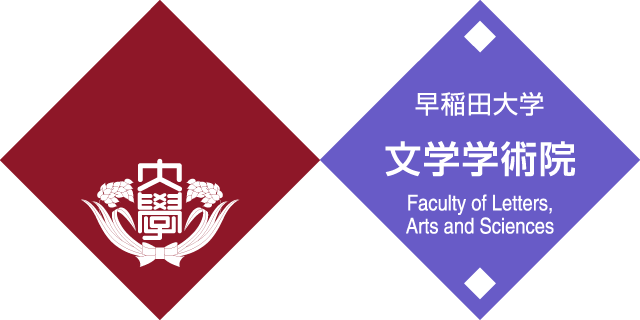- News
- Event Report: 3rd International Workshop “Waka Poetry around the World: Viewing Reception and Transformation of Japanese Culture through Multilingual Translation”
Event Report: 3rd International Workshop “Waka Poetry around the World: Viewing Reception and Transformation of Japanese Culture through Multilingual Translation”
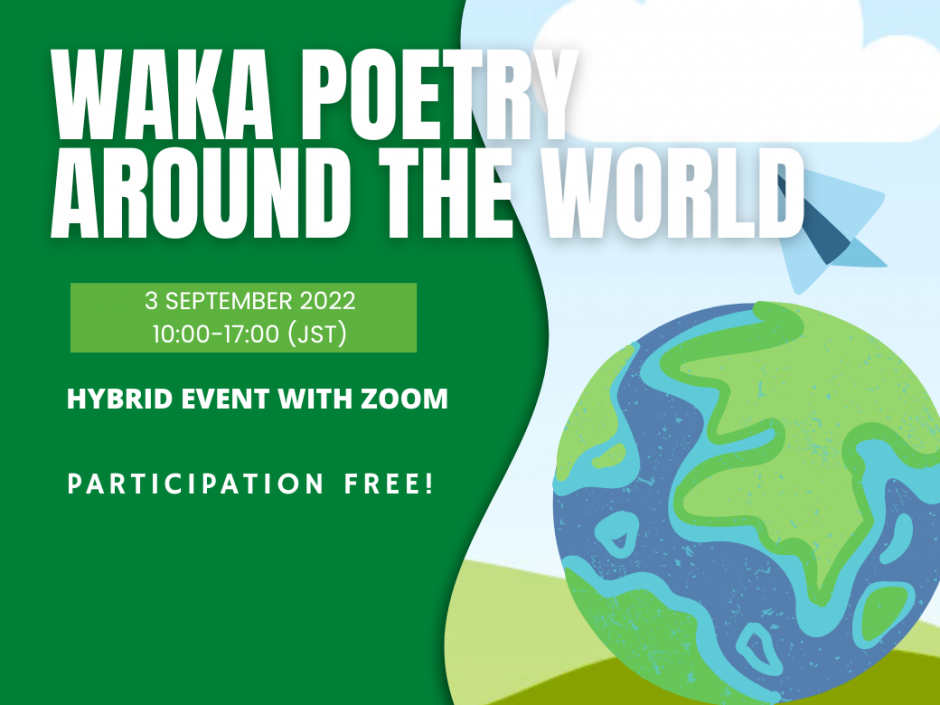
- Posted
- 2022年10月13日(木)
This study workshop was planned from 2021 mainly by Áron FITTLER from Waseda Institute for Advanced Study (WIAS), Waseda University, and Kumiko TSUCHIDA of Aoyama Gakuin University. In September 2020, the duo organized a series of “Japanese Classical Literature Multilingual Translation Study Group” online workshops for the first time, which were a huge success. From 2021, this event was an elaboration by WIAS and the Global Japanese Studies Model Unit of Waseda University’s Top Global University Project.
More than 60 participants were engaged in the workshop, both online and in person. When translating Japanese classical waka poems into other languages, it is, in fact, vitally important to take into consideration the differences of the linguistic features and cultural backgrounds of all involved languages. On the other hand, the interpretation of the expressions, poetry forms, motifs, and many other elements of classical waka that are reproduced or transformed into each target language is crucial as well. 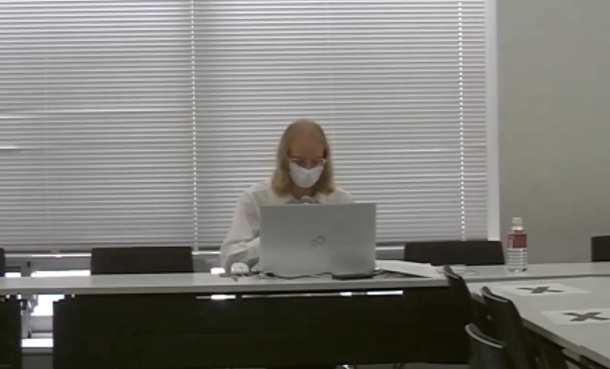
Following the opening remarks by Áron FITTLER in the first half (morning session) of the event, each presenter took turns translating one waka poem that has never (or hardly) been translated into any other language, attempting a fresh view in regard to waka translation.
The poem presented was an untitled waka by Izumi Shikibu composed in the “Goshui Wakashu” (literally “Later Collection of Gleanings of Japanese Poems”, volume 1, spring poems, no. 25). The poem goes “Hikitsurete / Kefuhanenohino / matsunimata / imachitosewozo / nobeniidetsuru”. In this poem, we see cultural elements and rhetoric unique to classical Japanese poetry, such as “Komatsubiki” (an annual event of the time) and the use of the double meaning phrase “Nobe”.
The poem was translated into 13 languages by the presenters, who revealed in great details about readers’ common interpretation of “Komatsubiki,” through the use of similar and appropriate poetry forms and rhetoric fitting into the target languages of translation. They also went into a detailed explanation of the conversion of the 5 lines and 31 syllables in the “5-7-5-7-7” poetry form of waka (tanka), as well as the extent they were conscious to the translation techniques used in other existing waka poems when they translated the target poems.
After the presentations, a lively discussion period saw questions raised by not only the presenters themselves, but also participants from both Japan and abroad who are active researchers of Japanese classical literature. For instance, the topic of how the image of the “rat” changed between an animal creature and the animal sign in the 12-year cycle of the oriental zodiac, as well as issues with the tense and grammatical “person” of the previously discussed poem, were raised.
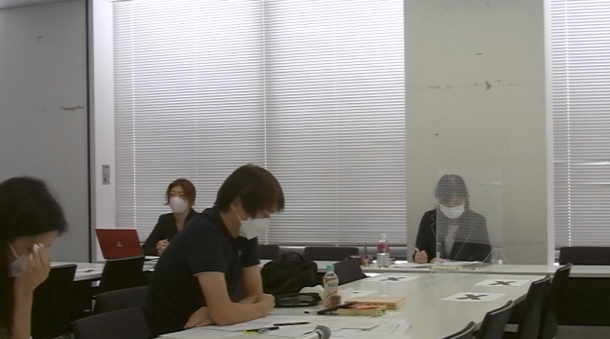
The second half (afternoon session) concentrated on one single famous Japanese waka poem with quite a number of existing translations in different languages, and each presenter analyzed these existing translations. The poem was Ono no Komachi’s “wabinureba / miwoukikusano / newotaete / sasofumizuaraba / inamutozoomofu” composed in “Kokin Wakashu” (literally “Collection of Japanese Poems of Ancient and Modern Times”, volume 18, miscellaneous poems, no. 938).
This poem is preceded by a foreword that goes “Fun’ya no Yasuhide became an officer in the Mikawa Province that he was waiting for a reply when he patrolled around the rural areas”. The foreword poses a challenge with the word “Jo” (officer), as well as the rarely used and difficult to interpret “Agatami” (patrolling around the rural areas). The poem itself features expressions such as the nuanced “wabinureba”, the plant “ukikusa (common duckmeat)”, the “kakekotoba (pivot word) of “uki (literally floating, can also be interpreted as depressed)”, and “Newotaete (literally “cutting off the root”), which is a term which interpretations are divided among Japan’s researchers. These terms are thought of as the main focus when translating this poem.
Of the 14 languages used in the workshop, translations in several languages, such as Chinese, English, German, French, Polish, and Russian, already exist for the poem, and all were up for analysis. Some translations were literal translations, and others used poetic translations fitting into the standard and familiar poetic form of the target language. Some translations matched the total syllable number and the 5-7-5-7-7 pattern, which revealed the thorough ideas of the translators. Additionally, there was a presentation touching on translations that used annotations and how they should be executed.

Afterwards there was a discussion involving all participants, though time was extremely limited as numerous languages and translations were up for discussion. The discussion session started with feedback about the selection of waka in the presentations and advice for the future from Professor Zhong JIN (Xi’an Jiaotong University, China). Then, Edoardo GERLINI (Ca’ Foscari University of Venice, Italy) focused on the translation of Ono no Komachi’s poem in the Kokin Wakashu (“Collection of Japanese Poems of Ancient and Modern Times”) which was fully translated into Italian by Ikuko SAGIYAMA (University of Florence, Italy).
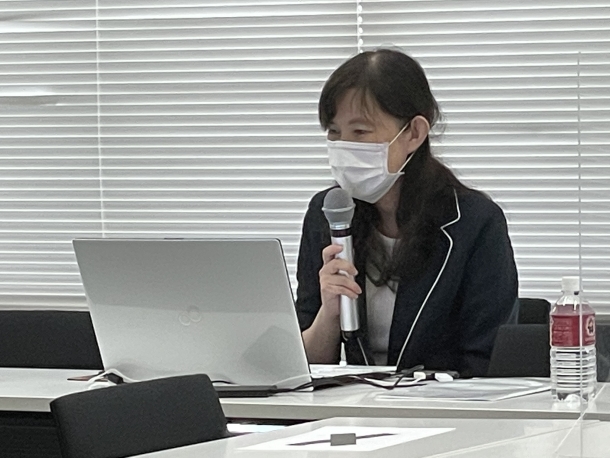
The workshop then come to a conclusion with the closing speech from Kumiko TSUCHIDA, one of the chief organizers.
Event Overview
- Date and time: September 3, 2022, 10:00 – 17:00 (JST)
- Language: Japanese, English, Italian, Ukrainian, Korean, Slovak, Thai, Czech, Chinese, German, Hungarian, French, Russian, Polish, Spanish
- Speaker: LIM Chan Soo, JIN Zhong, HUANG Mengge, YEEBOON Minako, Karel FIALA, Adam BEDNARCZYK, TSUCHIDA Kumiko, MIDORIKAWA Machiko, KÁROLYI Orsolya, FITTLER Áron, Edoardo GERLINI, TAKAGI Kayoko, IIZUKA Hiromi, Loren WALLER, Edoardo GERLINI
- Participation free
- Venue: Conference Room 1, Building 33, Toyama Campus, Waseda University, and online
- Tags
- Event Reports
